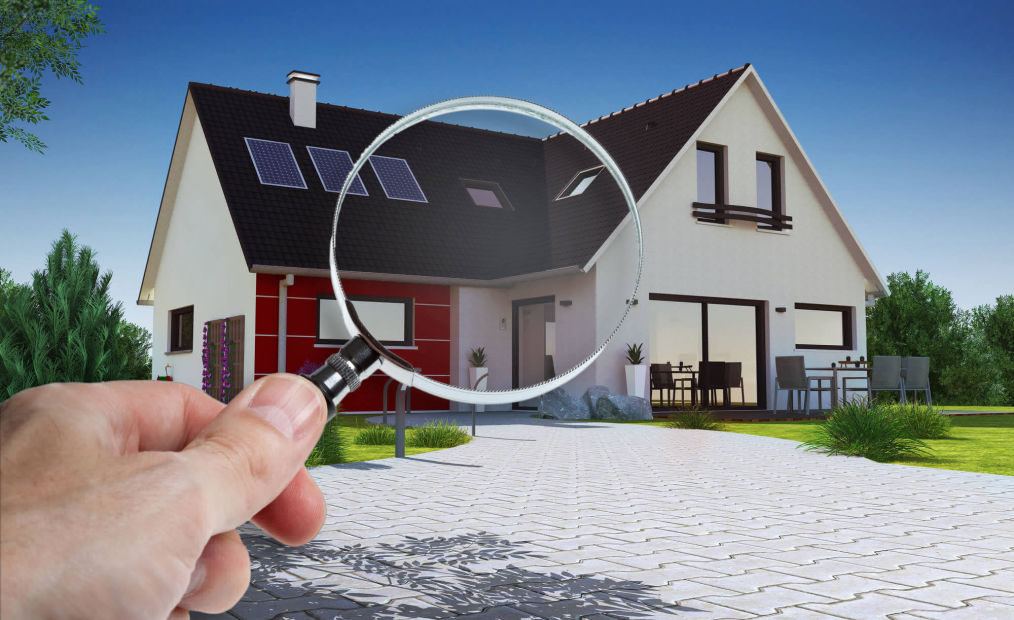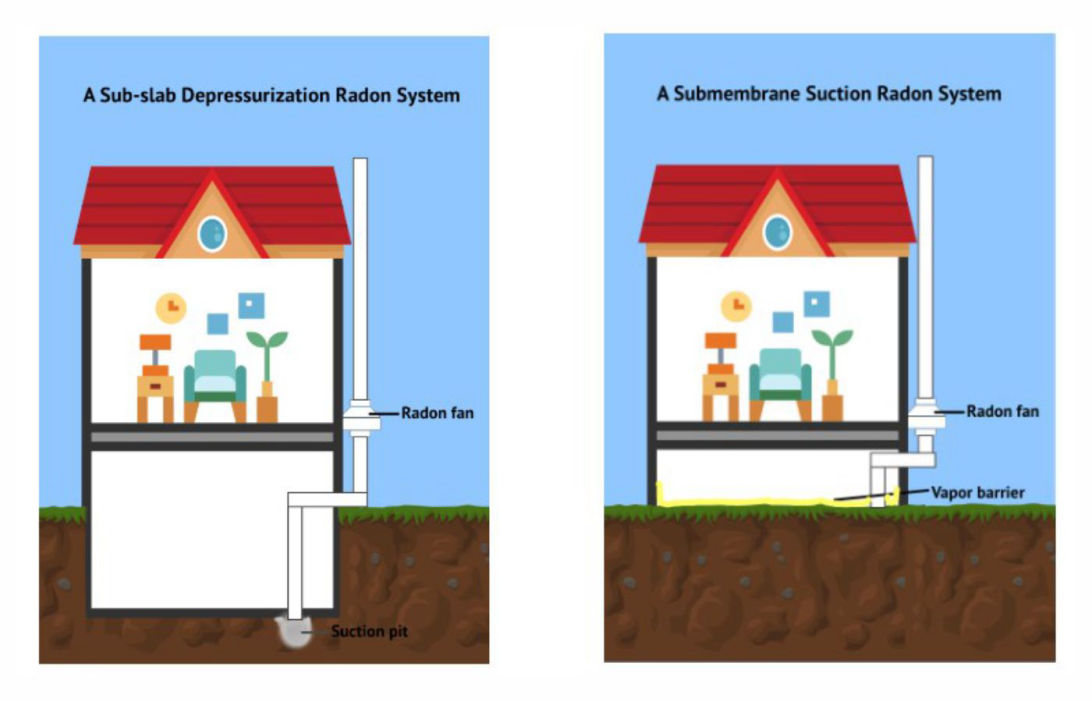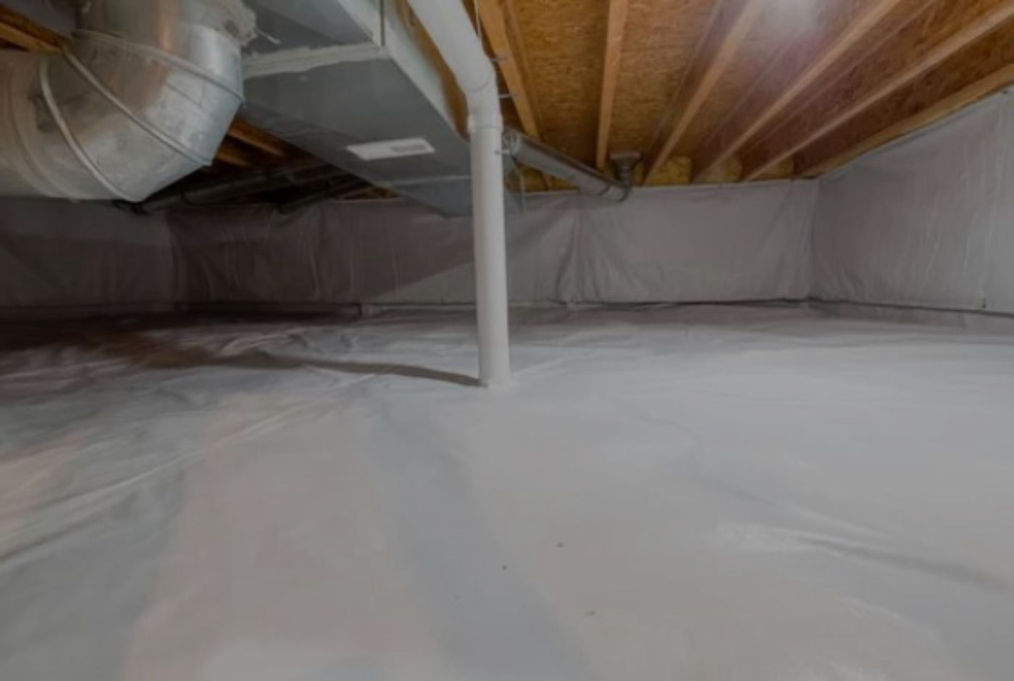
Radon Testing
It's a simple process to find out if your home is at risk.
• 1 in 15 homes have high amounts of radon gas
• Radon is the 2nd leading cause of lung cancer
• EPA says Tennessee is a hot spot for elevated radon levels
• Radon poisoning is more deadly to pets than humans
The U.S. Environmental Protection Agency (EPA)
lists Middle Tennessee as a high-probability area for radon gas, with some of the highest levels found in Davidson, Wilson, Smith, Maury, Williamson and Rutherfod Counties.
The only way to ensure radon is at safe levels in the home is through proper testing of EPA certified radon monitors.
By now, you probably know that radon can be deadly. The fact is that radon exposure is unavoidable because it comes from the breakdown of uranium in our soil, so it is quite literally all around us. The problem is that radon is a heavy gas, so indoors, it collects in low-lying areas, like basements and crawl spaces and then seeps in through pathways like cracks in the foundation and walls and gets trapped inside. People who spend most of their time in a home or building with elevated levels of radon will eventually suffer the consequences of overexposure, with the most impactful being an increased possibility of lung cancer.

